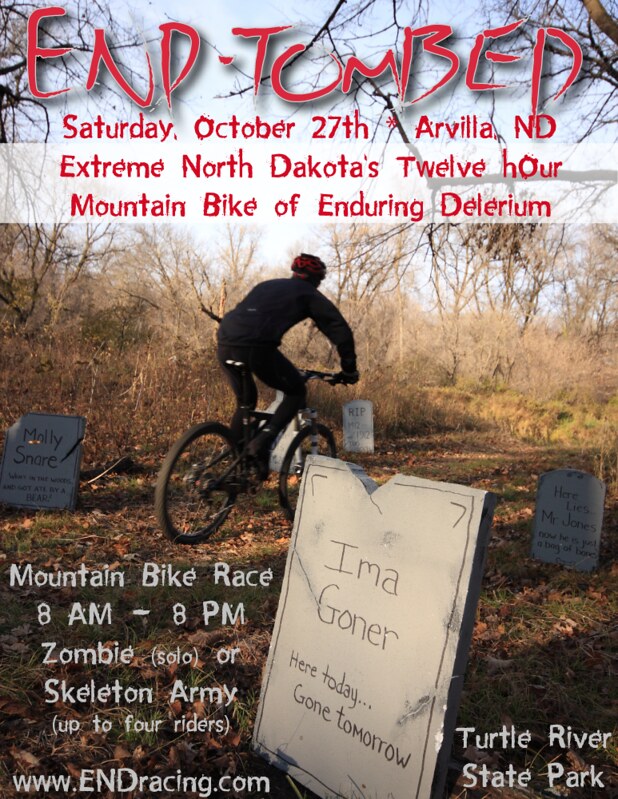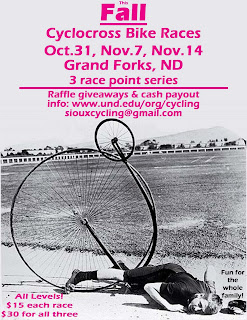This will be more gear setup than race recap, but you can’t really have one without the other.
While reading, keep in mind that the temperature was between -25F and -15F all day, and I had a tailwind from the WNW at around 10 mph. I was generally comfortable, and went into the race with the aim of keeping my body comfortable and not losing body parts.
Total time to checkpoint 2 and my finish (including checkpoint 1) was 14:54.
Setup:
Hands
I used the cheap ($16 when my wife bought them) pogies from Amazon. They generally work well, but I added about an inch of cotton batting (from the inside of an old pillow) on the top (ripped open a seam) for more insulation (hat tip to Ted Bibby). I think additional insulation on the bottom would have been good to have. Inside I wore my light-ish OR gloves, which aren’t the greatest in cold temperatures by themselves, but work for feeding, etc. Inside of the OR gloves I wore latex gloves, which kept any sweat from my hands from evaporating or soaking the insulating layer (hat tip to Dave Sears for the suggestion). In addition to all this I went through three pairs of chemical handwarmers.
Feet
I wore Arctic Pro Muck boots with flat pedals and Power Grips. The Power Grips were the weak point of the system, as they had to be very large to fit over the boot. This meant that I had to reach down and adjust one or both straps whenever I started riding. Not a big deal if you’ve learned patience, but would be annoying if you were trying to race hard. The straps were well worth the hassle. Inside I wore a tall Ibex wool sock, a tall hiking sock, and used one pair of toe warmers (stuck directly beneath my toes, not back on my foot). Feet were generally fine, and wiggling my toes worked to warm them up if they chilled. Muck boot sizing was 1/2-size up from my regular size and they seem like a good fit with multiple socks, but not too giant.
Head
Burton RED snowboarding helmet from several years ago. Buff pulled over my chin to the back of my head. ColdAvenger (regular, not balaclava). Ski goggles. Satisfied with everything except the fit of the helmet, which gave me a headache after a while, and the goggles began to freeze up once I turned with the tailwind at ~9 miles. Cut a slit in the bottom of the ColdAvenger to let me stuff in food bits and drink from a straw or tube (hat tip to Ted Bibby).
Body
UND Cycling Team bib shorts (Hincapie), Ibex windproof boxers, NewBalance running tights, North Face windpants. On top I had a light Ibex base t-shirt, Ibex Shak jacket, and Arcteryx windproof shell. All worked great. I’m really happy with these clothing choices and they are good for a wide range of temperatures.
Nutrition
This is the big one, the one I entered the race knowing I would have to worry about the most. I had two Ziplock bags full of PowerBar gummies, Sport Beans, mini Reese’s Peanut Butter Cups, and (in the caffienated bag) raw coffee beans. I didn’t eat too many of the Sport Beans and none of the coffee beans because they were too small to grab easily with gloves on, and shoving the right number through my mask would have taken a while. The other stuff was great. Everything stayed chewable in the cold. Extra food that I didn’t use included skinny meat sticks, my mandatory jar of peanut butter, and gas station fruit pies.
Additionally, I relied on Perpetuem powder mixed with hot tap water. This I stored in a 40-oz Hydro Flask (widemouth) with the straw lid (I think of it as a sippy cup because it doesn’t spill). I was concerned about even this system freezing, but it did not. I stored the Hydro Flask upside down in an insulated Granite Gear pouch hanging off the back of my handlebars. I think this system worked great. Additional water was in my rear panniers, however, which meant that I did not drink nearly as much as I probably should have. I intend to buy another Hydro Flask and straw lid just for additional water.
Bicycle/Carrying Capacity
I’ll be the first to admit that I probably brought way to much stuff to be competitive, but at least I felt like I would survive. I had a front (old aluminum rack) and rear (old steel rack) on my steel Surly Pugsley. I strapped my sleeping bag/bivy stuffsack to the front rack and handlebars and my sleeping pad to the reare rack. Two moderately sized panniers hung off the rear rack. As it happened, my extra puffy down coat was just bungeed over the top of everything in back and worked great–easy access and didn’t interfere with anything.
Gadgets
CygoLite MityCross headlight. I brought two spare batteries but only needed the one.
Kodak video camera . Kept this in my pogies, so the battery survived but I only shot a little video and took a few photos.
Bontrager wireless computer. This didn’t work right off the bat and I never got it to function during the race. I think the cold may have caused my issues but I’m not sure. I did use the time function, which continued to show.
Watch alarm. Strapped my Timex Ironman watch to the handlebars, but the cold kept the face from appearing. Stuck it in my pogies and it survived. Intended use was to make me eat every 30 minutes by an alarm, but I never heard it and had to rely on the computer.
Additional
I carried all the required gear for the Arrowhead, most of which I did not use. If you have a question about what other gear I carried, please ask.
Training:
I did not train enough for this race. I was focusing too much on logistics/setup/staying warm, and most of my training consisted of riding to work and back (5-6 miles round trip). My longest ride before the race was at GGCOWS in early December, at 35-40 miles. This was my own fault, and my body told me so. My knees (which I tore up pretty badly during the 2011 Ragnarok 105) were hurting by the time I reached the first checkpoint (Gateway Store), and the hill climbing with a heavy load took more of a toll than I was ready for.
This seems to be as good a place to stop as any. I’ll try to write more about the race in the next week or so.



